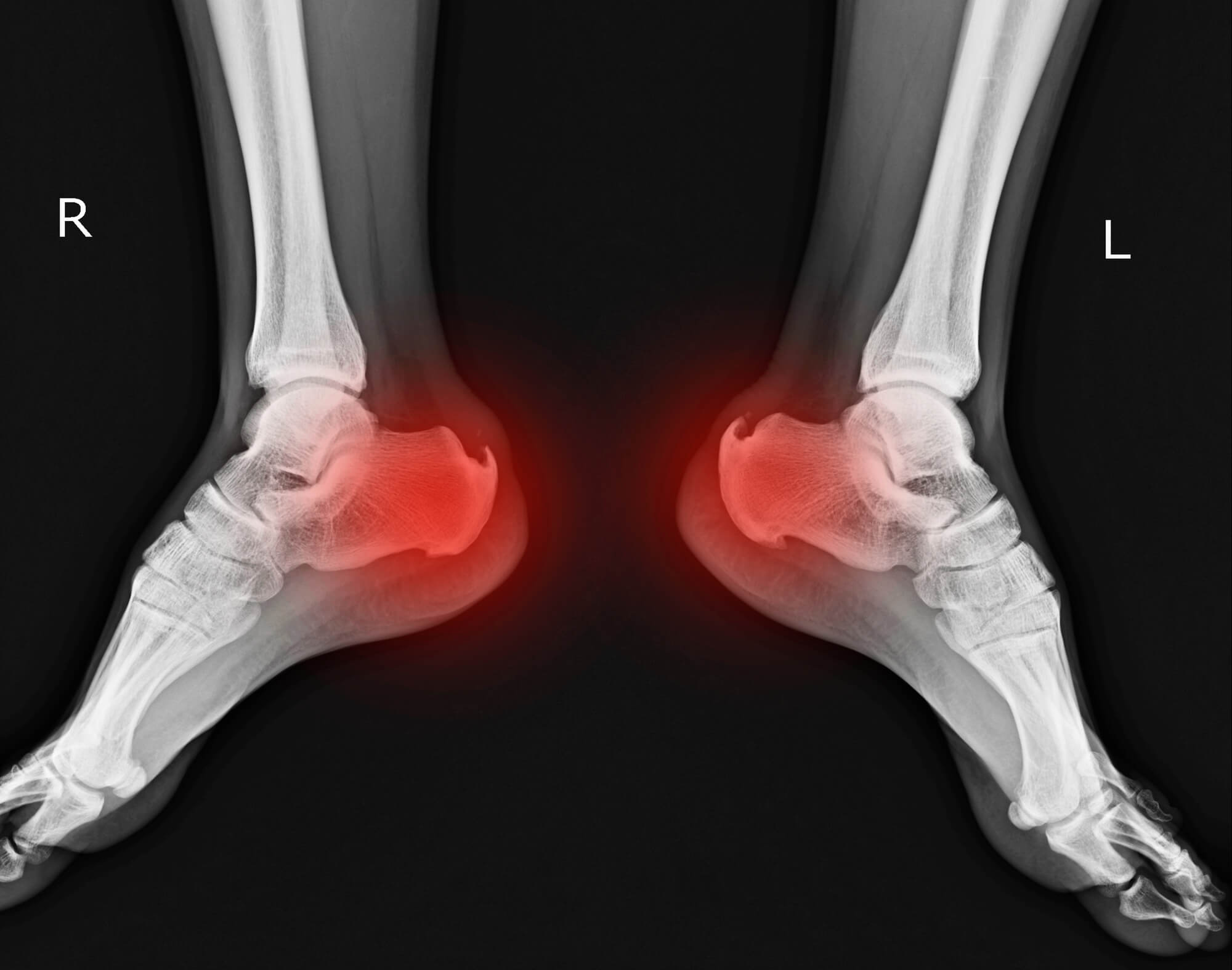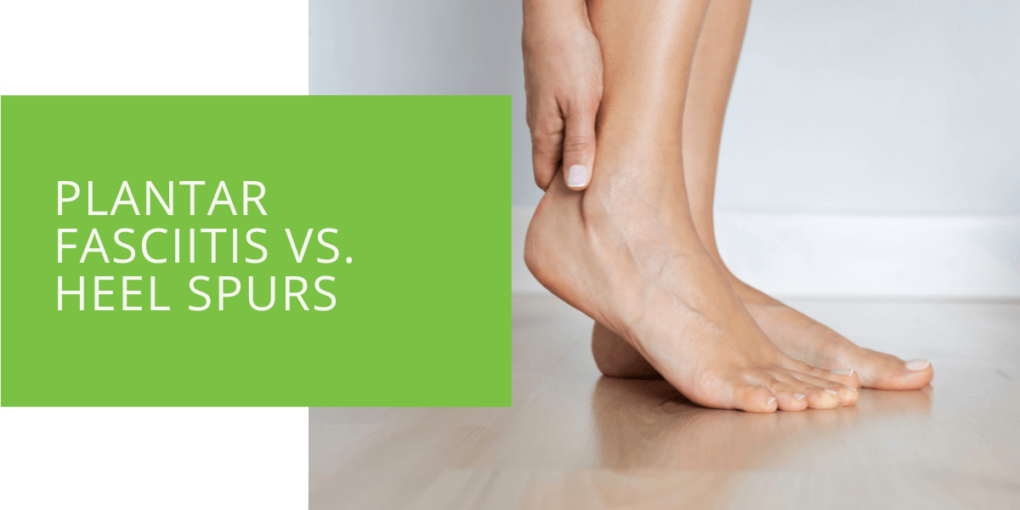Plantar Fasciitis vs. Heel Spurs
If you've ever experienced pain in the heel or arch of your foot, you may have wondered if you have plantar fasciitis or a heel spur. While these two conditions are often confused, they are quite different. This article will explore the definitions, causes, symptoms, and treatment options for plantar fasciitis and heel spurs to help you understand the differences between the two conditions.
What is Plantar Fasciitis?
Plantar fasciitis is a common cause of heel pain that occurs when the plantar fascia, a thick band of tissue that runs from the heel bone to the toes, becomes inflamed. This condition is often caused by overuse or poor foot postures, such as flat feet or high arches. It can also be caused by factors such as obesity, occupations that require standing for long periods or wearing shoes with inadequate support.
Symptoms of plantar fasciitis include pain in the heel and arch of the foot, especially when taking the first steps in the morning or after periods of rest. The pain may also be worse after standing or walking for long periods.

What are Heel Spurs?
A heel spur is a bony growth that forms on the heel bone (calcaneus). It is often caused by overuse or structural imbalances in the feet, such as flat feet or high arches. Heel spurs can also be caused by certain medical conditions, such as arthritis, or by wearing shoes with inadequate support.
Symptoms of heel spurs include pain in the heel, especially when standing or walking, and swelling or redness in the heel. The pain may be constant or intermittent, and it may be worse when climbing stairs or hills.

Diagnosing Plantar Fasciitis and Heel Spurs
If you're experiencing heel pain, you must see a podiatrist or foot and ankle specialist for a proper diagnosis. They will perform a thorough physical examination of your feet and may order imaging tests, such as x-rays or an MRI, to help determine the cause of your pain.
It's important to note that plantar fasciitis and heel spurs can sometimes occur together, so getting a proper diagnosis is important to determine the best course of treatment. Your podiatrist will consider your medical history and the specific symptoms you're experiencing to make a diagnosis.
Treatment Options for Plantar Fasciitis and Heel Spurs
Both plantar fasciitis and heel spurs can be treated with non-surgical and surgical options. Non-surgical treatment options may include stretching exercises, orthotic inserts, and physical therapy. These treatments can help reduce inflammation, improve foot posture, and support the foot and arch.
If non-surgical treatments are not effective, or if the condition is severe, surgical treatment may be necessary. Surgical options for plantar fasciitis include plantar fascia release, which involves making an incision in the plantar fascia to reduce tension and inflammation. For heel spurs, surgery may involve removing the spur or incision to release the plantar fascia.
It's important to seek treatment early for plantar fasciitis and heel spurs to prevent long-term complications. These conditions can lead to chronic pain and difficulty walking if left untreated.

Conclusion
Plantar fasciitis and heel spurs are common foot conditions that can cause pain and discomfort in the heel and arch of the foot. While they have some similarities, they are quite different conditions. Plantar fasciitis is caused by inflammation of the plantar fascia, while heel spurs are bony growths that form on the heel bone.
To distinguish between plantar fasciitis and heel spurs, it's important to see a podiatrist or foot and ankle specialist for a proper diagnosis. They will consider your medical history, perform a physical examination, and may order imaging tests to determine the cause of your pain.
Treatment options for plantar fasciitis and heel spurs include non-surgical and surgical options. Non-surgical treatment may include stretching exercises, orthotic inserts, and physical therapy. Surgical options may include plantar fascia release or removal of the heel spur. It's important to seek treatment early to prevent long-term complications and to manage pain and discomfort.
To prevent the development of plantar fasciitis and heel spurs, it's important to maintain a healthy weight, wear proper footwear with adequate support, and take breaks from activities that involve standing or walking for long periods. If you're experiencing heel pain, don't hesitate to see a podiatrist for a proper diagnosis and treatment plan.

